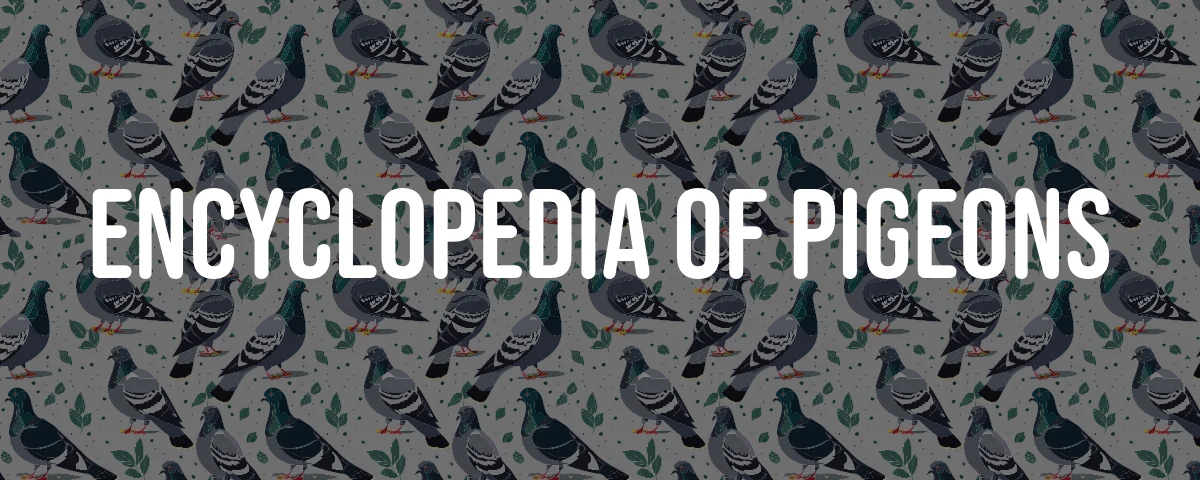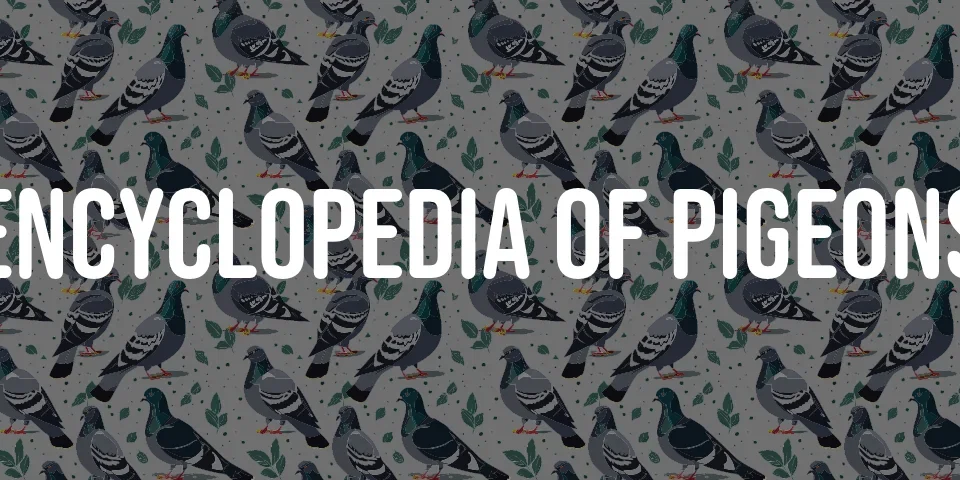The Polish Masciuch Tumbler is a breed of fancy pigeon developed over many years of selective breeding. Pigeons, in general, are descendants of the wild rock pigeon (Columba livia), and the Polish Masciuch Tumbler is a variety that has been cultivated for its unique characteristics, particularly in Poland. This breed is known for its tumbling ability in flight, a trait that has been admired and selectively enhanced by breeders.
History and Origin
The Polish Masciuch Tumbler, as its name suggests, originates from Poland. It is a breed that has been saved from the brink of extinction through concerted efforts by pigeon enthusiasts and breeders. The breed is part of a larger group of Polish Long-Faced Tumblers, which includes several other races. The Polish Masciuch Tumbler is a rare breed that has been preserved thanks to the “S.O.S – Save the Polish races” campaign, which emphasizes the importance of maintaining and protecting native Polish pigeon breeds.
Physical Characteristics
The Polish Masciuch Tumbler is distinguished by its physical appearance, which includes a robust body, a well-rounded head, and a beak that is proportionate to the size of its head. The breed has a distinctive stance and carries itself with an upright posture. The feathers are typically smooth and well-fitted to the body, allowing for the agility needed in tumbling flight.
Key Data Table
| Feature | Description |
|---|---|
| Country of Origin | Poland |
| Type | Tumbler |
| Body Size | Medium |
| Head Shape | Rounded |
| Beak | Proportionate to head size |
| Flight Ability | Excellent, known for tumbling |
| Status | Rare, preserved breed |
| Conservation Efforts | “S.O.S – Save the Polish races” campaign |
Behavior and Temperament
The Polish Masciuch Tumbler is favored for its great flight ability, which includes the skill of tumbling during flight. This behavior is not only a spectacle for pigeon fanciers but also a testament to the breed’s agility and control in the air. The breed is known to be intelligent and can be trained for performance in pigeon shows and competitions.
Breeding and Conservation
Breeding the Polish Masciuch Tumbler requires a deep understanding of the breed’s characteristics and a commitment to maintaining its unique traits. The breeders involved in the conservation of this pigeon take great pride in their work, recognizing the importance of genetic diversity and the preservation of heritage breeds. The Polish Association of Pedigree Pigeons and Small Livestock Breeders (PAPPSLB) plays a significant role in the conservation efforts, providing a structured approach to breeding and maintaining the breed’s standards.
Cultural Significance
The Polish Masciuch Tumbler is not only a breed of interest among pigeon fanciers but also a part of Poland’s cultural heritage. The breed represents the rich history of pigeon breeding in the country and is a symbol of the dedication of Polish breeders to preserving their avian legacy. The breed’s survival and continued presence are a testament to the cultural importance of pigeon breeding in Poland.
Challenges and Future Outlook
Despite the successful efforts to save the Polish Masciuch Tumbler from extinction, the breed still faces challenges. The limited genetic pool and the rarity of the breed make it vulnerable to health issues and genetic bottlenecks. Continued support from breeders and conservationists is crucial to ensure the breed’s future. The breed’s outlook remains positive, with dedicated efforts from the PAPPSLB and the global community of pigeon fanciers who appreciate the beauty and uniqueness of the Polish Masciuch Tumbler.
Interesting Facts
- The term “tumbler” in the breed’s name refers to its ability to perform backward somersaults while in flight.
- The Polish Masciuch Tumbler is part of a larger group of Polish Long-Faced Tumblers, which includes 12 different races, each with its own distinct characteristics.
- The conservation of the Polish Masciuch Tumbler is a prime example of how dedicated breeding programs can rescue a breed from the brink of extinction.






